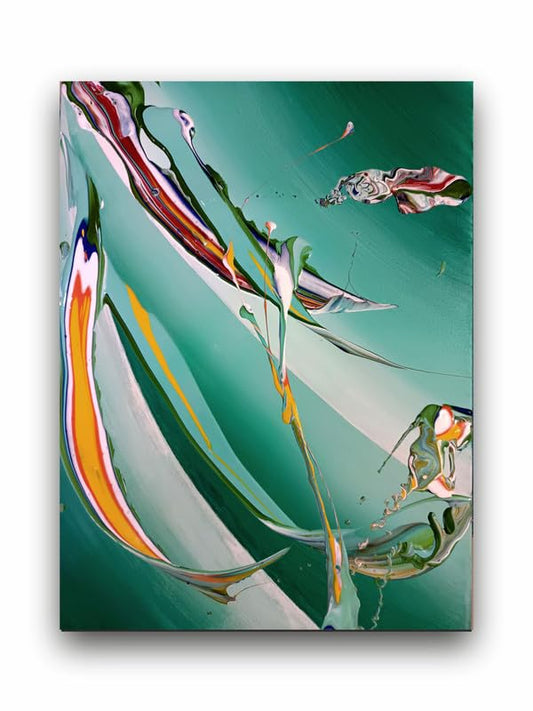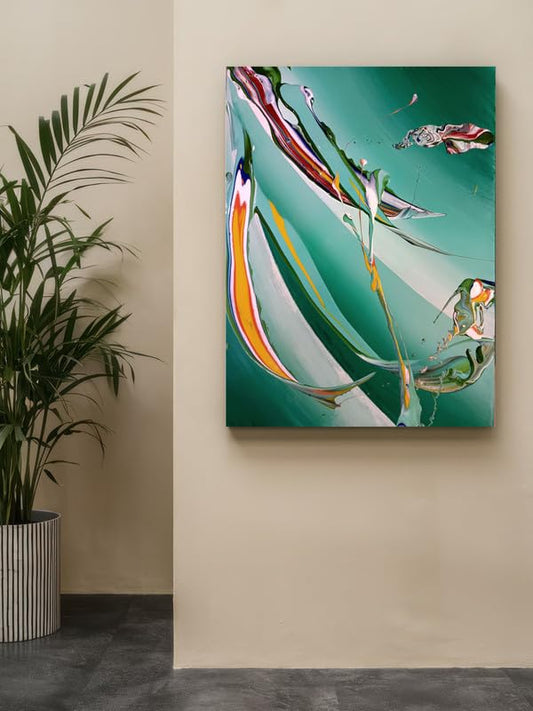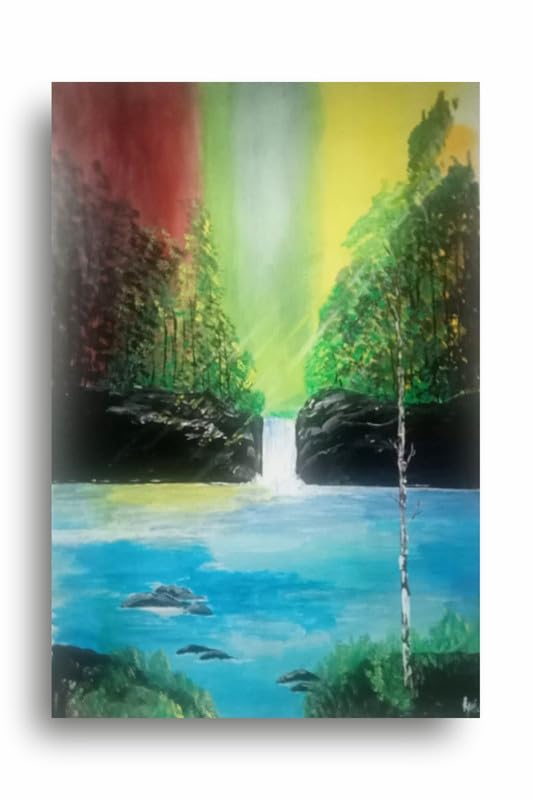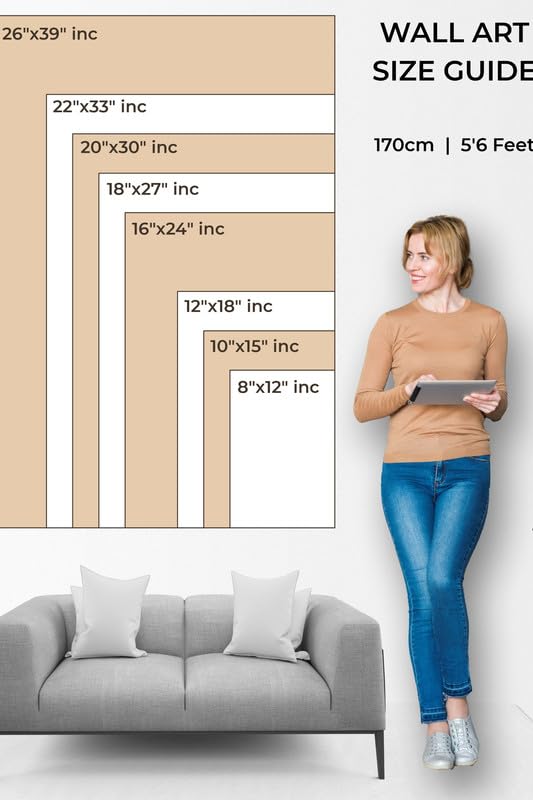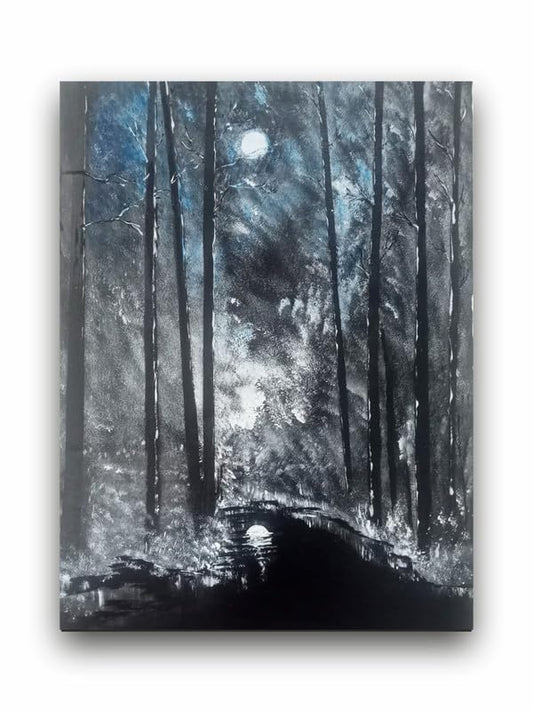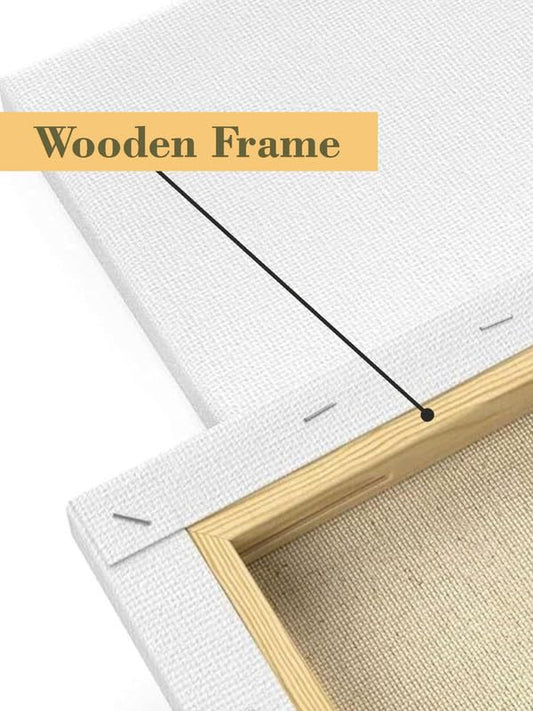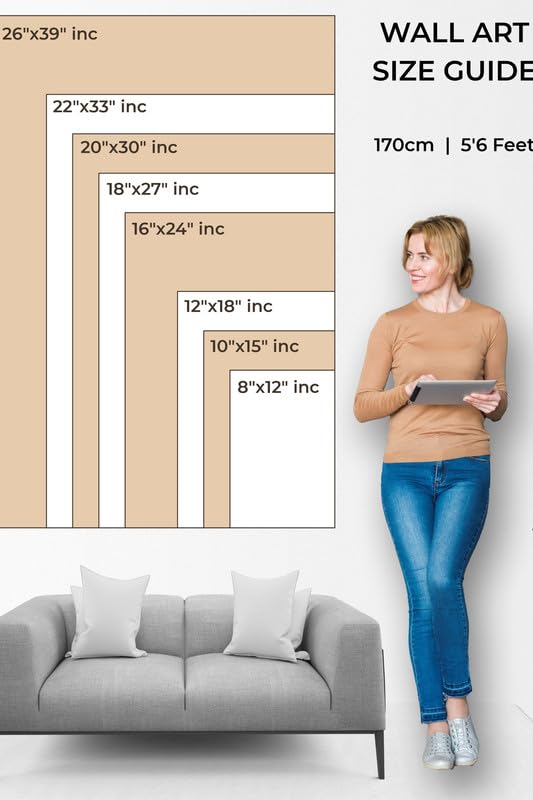
Use Abstract Art to Focus on Architectural Elements
Use Abstract Art to Focus on Architectural Elements
Abstract art features bold form, vibrant colors, and interesting shapes that will highlight your architectural elements uniquely. Unlike the traditional style, abstract art tends to be open to interpretation, therefore more inclined to fit into the mold of different design themes while allowing the best aspects of your home or office to shine through. Whether you want to draw attention to a hulking piece of architecture or create harmony between art and structure, abstract art might just be the answer.
1. Draw Attention to Overwhelming Architectural Details Through Abstract Art
Abstract art can be used to frame prominent architectural elements, such as large windows, special staircase, or intricate ceiling. A large abstract painting above a staircase or near a fireplace that is beautifully designed can accentuate the shape and design of these elements. For instance, an abstract vertical piece on one side of a tall window is creating its focus upward and giving an illusion of height and grace within the room.
2. Use abstract art to merge colors and materials Abstract art will give you the opportunity for a flexible, ever-changing palette of colors that may complement or contrast with the texture of the material in your space. If you have an industrial aesthetic at home, where the brick walls are exposed, a large abstract painting done on earthy tones will warm up the interior and balance out some of the rawness of the bricks. On the other hand, if you have sleek, modern finishes, like glass or steel, or polished marble, geometric or fluid designs in abstract art will add interest without dominating the space.
3. Counter Bold Architecture with More Subtle Abstract Pieces
If you have a highly dramatic architectural feature, like an oversized, modernistic fireplace or an arched doorway that is really the central focus of the room, you might want to choose abstract art that will enhance the overall ambiance without drawing attention away from the architectural feature. Soft, subtle abstract art with gentle color gradients or minimal forms can make for a really nice background that really puts the eye on architectural elements without overpowering them. Often, this technique especially is very flattering in rooms with high ceilings and ornate moldings.
4. Abstract Art in the Forefront
Another fantastic way in which abstract art can be used is when focusing on using it as a room's centerpiece with architectural details as a background to the artwork. Large colored abstract paintings on a clean-lined or open-plan space wall will make dramatic viewing stand out with the sleekness of the architecture in comparison.
5. Movement and Flow
While abstraction frequently fosters a sense of movement, it should be used to create flow in a space. Imagine hanging a large abstract piece against the back wall of an elongated corridor or hallway, and flowing lines and shapes moving around it will lead the eye through the space-a very architectural flow sight.
Conclusion
Abstract art is that great tool to enhance architectural beauty in your space. If you highlight the unique features or create contrast that brings life to a minimalist setting, abstract art is sure to add depth, interest, and elegance to a room. The clue lies in the choice of pieces that can highlight your architecture in a dialogue between the two as they complement each other, allow the art to celebrate and thus elevate the design of a home or an office.
Use Abstract Art to Focus on Architectural Elements

